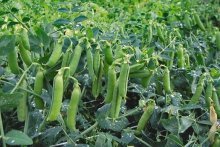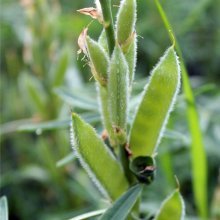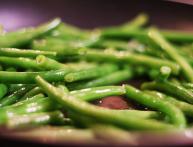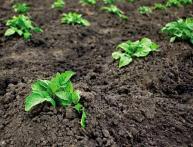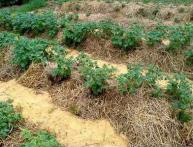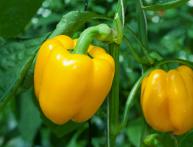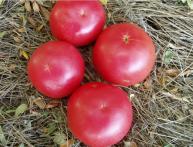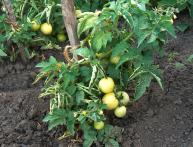Annual legumes: main types and their characteristics
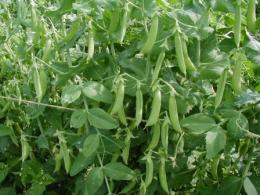
Annual grasses of the legume family are very valuable for feed production. Forage grasses are grown in pure crops, cereal or legume mixtures for hay, green fodder, haylage, and grazing. To annuals legumes herbs include: spring vetch, hairy vetch, seradella.
Content:
Spring vetch: description and agricultural technology
This is the most common annual legume plant. It has a tap root that penetrates to a depth of 1 meter. The lateral roots are well developed. This plant has a thin and branched stem, which can reach up to 100 cm in length. Vetch leaves are pinnately complex and have 5-8 pairs of leaflets, at the end of which there are tendrils. The flowers are purple, but pink can also be found. The plant begins to fade 2 months after germination, seed ripening is delayed.
The weight of 1000 seeds is about 60-100 g. The fruit is a multi-seeded bean. Seeds germinate at a temperature of about 2-3 degrees. Even the first frosts in spring are tolerated well by seedlings. This type of crop can grow on different soils, but prefers cohesive soils. Vetch is sown in rows; it grows well in the field after harvesting spring grain or row crops. Sowing can be done at different times if the plant is used as green fodder.
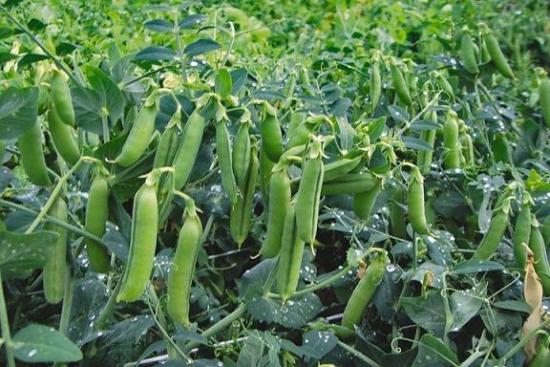
Of all leguminous plants, spring vetch is characterized by high feeding qualities. Dried grass contains nutrients such as protein, fiber and carotene. Vetch is usually sown with oats or together with other cereals. Spring vetch is also called sowing vetch. The plant is harvested for hay after flowering, when beans begin to form, and green fodder is harvested a little earlier.
Hairy vetch: description
The legume plant can be cultivated not only as winter, but also a spring crop. The plant contains nutrients. Hairy vetch also contains protein. Unlike spring vetch, it contains a large amount of protein. Hairy or winter vetch has a tap root. The stems of the plant are thin and unstable to lodging. Therefore, it should be grown together with other plants that will serve as support. The green mass actively begins to grow during the formation of buds and during flowering. Unlike spring vetch, this leguminous plant has a long flowering period. Seed material begins to germinate at a temperature of 2 degrees.
Detailed video about legumes:
Sowing hairy vetch freezes at a temperature of 17-20 degrees. If the snow cover is deep, winter vetch can tolerate very low temperatures. The plant dies during frequent thaws with a further decrease in temperature in winter. The seeds of the plant taste bitter and animals are reluctant to eat them. Quantity seeds in concentrated feed does not exceed 10%. Sowing is done in the spring. Hairy vetch can be cultivated with winter rye or wheat. Mainly used for green fodder, but also for silage or hay, etc.
Seradella: description
This is an annual plant with a creeping and strongly branching stem, the length of which can reach 50 cm. If the plant is well developed, then on one stem there can be about 16 branches covered with small leaves. Seradella flowers are collected in racemes; they are small in shape with a pinkish tint. The fruit of the plant is a bean that looks like a bird's toes. For this reason, the plant is often called bird's-foot. The food plant loves slightly acidic soil. Since this is a moisture-loving plant, it can also grow on sandy soils with good moisture. If seradella is fed with phosphorus-potassium fertilizer or manure, the plant will produce a high yield.
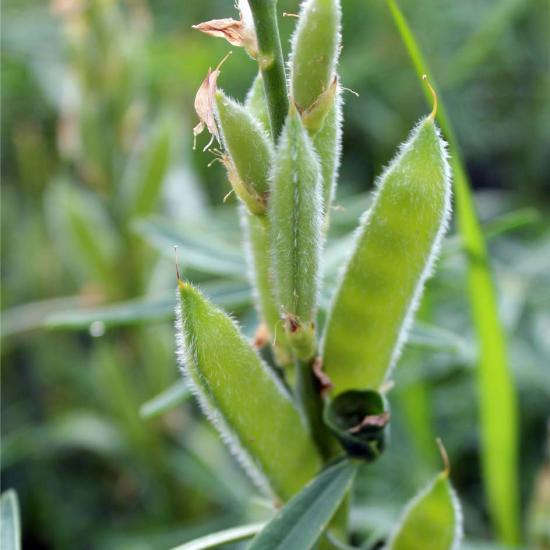
The plant can be planted as a separate crop or added to cereals. The annual plant begins to be sown in the spring. It begins to bloom 1.5 months after sowing the seeds all summer long. Seedling seradella is cultivated for hay or green fodder.
Can be used as green manure. Nutritional properties are the same as spring vetch. At first it grows slowly, but by the end of summer it grows quite intensively. Seradella is a good feed for livestock.
Other members of the legume family include fodder lupine and peas field. These grasses are also grown as cutting or stubble crops. Basically, all annual plants that belong to the Legume family are grown for livestock. These species are cultivated in busy fallows and grow in a short time and are quite often used in agriculture.
Interesting information about the vegetable garden

